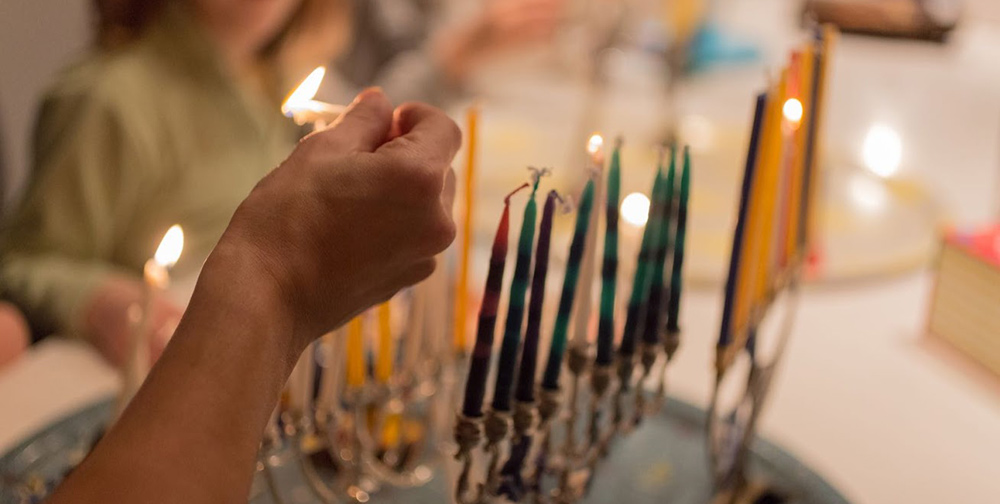Shavuot

Shavuot is one of the Shalosh R’galim, the three pilgrimage festivals, along with Pesach and Sukkot, when the Israelites marked key transitions in the agricultural year by bringing offerings to the Temple in Jerusalem. Shavuot marked the end of the grain harvest, which had begun seven weeks earlier at Pesach (hence the seven-week counting of the omer between Pesach and Shavuot). Shavuot was also when Israelite farmers would bring to the Temple the first fruits (bikurim) of the so-called seven species grown in the Land of Israel (wheat, barley, grapes, figs, pomegranates, olives, and dates; Deut. 8:8).
In today’s world, with no Temple and no offerings, and with most of us knowing little about farming, Shavuot can feel less important than Pesach and Sukkot. Both those festivals last a full eight days in the Diaspora, compared with only two for Shavuot. Both require our active engagement in special mitzvot, whereas our Shavuot customs are mainly things we do year round, only more so (like staying up all night to study). Finally, even in the Bible Pesach and Sukkot are given historical as well as agricultural justifications. Not so Shavuot, where the “historical” association, the Revelation at Sinai, was added by the Rabbis, who saw that with the Temple gone, Shavuot needed something to give it contemporary meaning. (Indeed, this is likely why the beautiful recitation in Deut. 26: 1-11, in which the bringer of the bikurim recounts a distilled version of Israelite history and thanks God for the fertility of the land, is not included in the Torah reading for Shavuot. Neither Sinai nor Torah are mentioned in this recitation, suggesting that it reflects a tradition in which the theophany is not considered all that important.)
Yet there is something wonderful about the way we observe Shavuot. As Masorti Jews, we are trained to look critically at our foundational texts and practices, and to recognize that they do not always reflect the highest ideals to which we would like our culture to aspire. But here, I think, the Rabbis got it right, turning Shavuot into a celebration of egalitarianism and community. In the Torah reading for the first day, from Exodus chapters 19 and 20, we retell the best part of the Sinai story, where God comes down the mountain in smoke and fire to reveal the law directly to the people, not to their priests or princes; indeed, they are to become “a kingdom of priests and a holy nation” (Ex. 19:6). The text from Deuteronomy that we read on the second day was chosen, of course, for its instructions regarding the pilgrimage festivals. But this reading also includes a host of material reflecting an egalitarian and communitarian ideal, from the laws on tithing to those on the year of remission, or sh’mita. For instance, looking only at the tithes, in our reading these are to be consumed two years out of every three by the people themselves, in an act of communitarian identification, and in the third year given to the needy and marginalized (Deut. 14: 22-29). Compare Numbers 18: 21-24, which reflects a different tradition where the tithes are more like a tax designed to support a priestly elite.
Indeed, our practice of the Tikkun Leil Shavuot, all-night study, is egalitarian and communitarian at its core. Central to Judaism in general – and Masorti Judaism in particular – is that all of us are supposed to grapple with our tradition, through study, learning, and introspection. So if you’re having trouble reading these lines because you’ve been up all night – congratulations for making it through, and chag sameach!
Meira Ben-Gad is a member of Kol Nefesh Masorti Synagogue, where she is a regular Torah reader and co-editor of the community’s semi-annual magazine, Kol HaKehila. In daily life she is a freelance copy editor specializing in academic manuscripts.



